Life would be a lot easier for pet parents if dogs understand human language. If only dogs knew when to stop when you tell them to, training them would be a lot easier. Teaching your puppy basic commands like “No” is essential. It can make all the difference in how quickly and successfully your pup learns during other training courses.
Teaching a puppy “No” is not as easy as it may sound. Getting your pup to understand the “No” command requires patience, consistency, and commitment.
We share with you these exciting ways of teaching your puppy “no,” and ensure that he actually understands what it means!
Is it OK to tell a Puppy no?
The “No” command is one of the essential canine obedience cues and commands your dog needs to learn. When your dog understands this word, he usually stays out of trouble, and life is easier for you both. And training them at home would be much easier by then.

Just as humans need to know what is appropriate behavior and what is not, it is important that dogs are taught house rules too. The moment you bring a pup home, you should teach him what is acceptable and what is not. And, the earlier you start teaching them, the earlier correction can be applied when necessary.
How to Teach a Puppy No
First things first. Teaching your dog requires that you stay patient, committed, and dedicated.
Although younger dogs tend to be more trainable, older dogs can still be trained as long as you are willing to dedicate your time and effort to teaching them.
And do not yell at your dogs if, at first, they do not get what you want them to do. Remember as well that punishment never works and may only cause more dog behavior problems.
Teaching the “No” Command
Make sure you teach your pup in a room with few distractions so you have his full attention and concentration on the lesson. Also, ensure that your dog is hungry enough to get him interested. This training is best to be done before mealtime or before your dog has gotten any food.
Choose a single word that you will use to communicate “no” to your puppy. This should be something simple and easy for them to understand, such as “no” or “stop.”
With a treat in your hand, hold your open palm out around 6 inches away from your dog’s mouth.
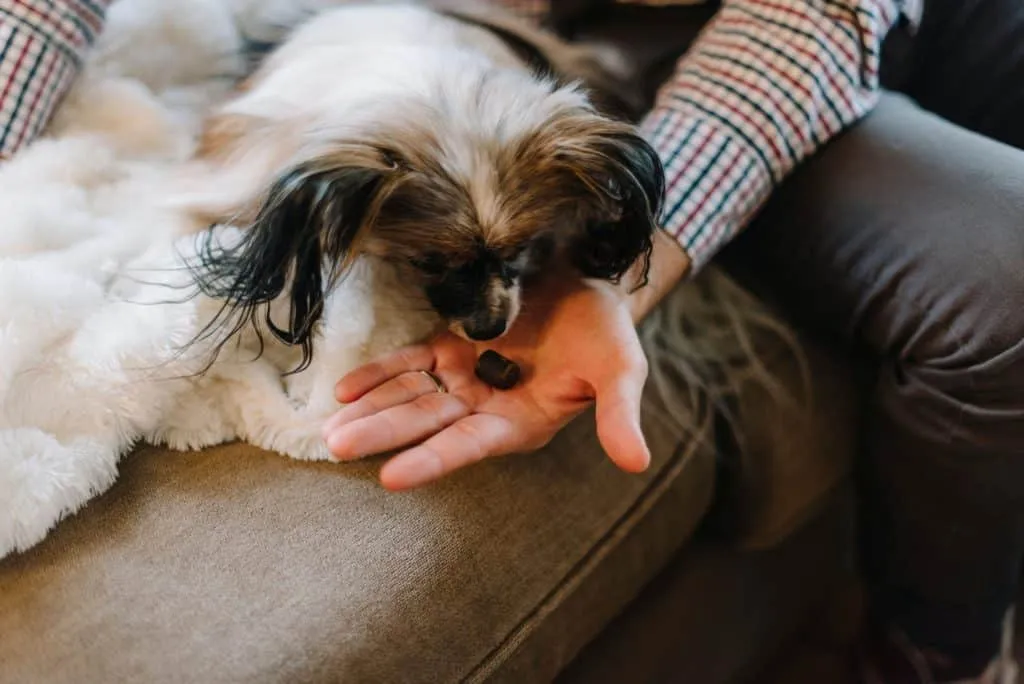
The natural tendency is for your dog to grab the treat with his mouth. When he does, close your hand in a fist and say the word “No.” Remember not to yell while saying the word. Rather, use a firm voice. When your dog keeps trying to get you to open your fist and get the treat, gently pull your hand away and get your dog to calm down.
Use Positive Reinforcement
When you teach your dog the “No” command, always come with a handful of treats. On the one hand, this will serve as positive reinforcement. On the other, it is a necessary prop in training.
If your puppy does something you don’t want them to, say the “No” command firmly and immediately give them a treat when they stop the behavior. This will help reinforce the idea that following your commands is rewarded.
Whenever they behave exactly as they do, rewards should be given. Treats, toys, praises, and other rewards are positive reinforcements that can be used during training.
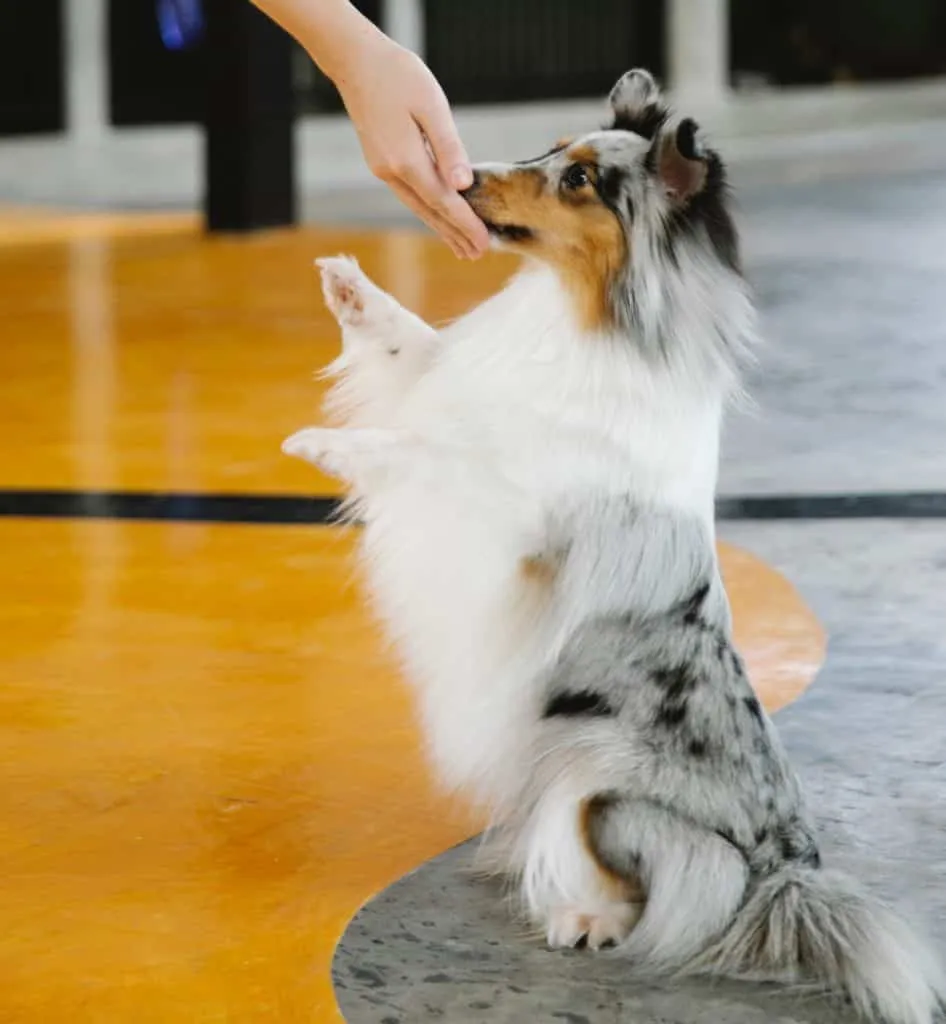
Repeat the Process
Once your dog has calmed down, repeat the process of showing him the treats in your open palm. Again, when he tries to grab the treat, say “No” and close your fist. Repeat this process up to 5 more times or earlier when you notice your dog losing interest in the activity. Then, it’s time to give your dog a break.
After a short break, get your dog’s attention again and hover the treat before him. Again, repeat the process a few more times and take a break when you find it necessary. As a pet owner, you would have an inkling of when your dog needs a break from any training session.
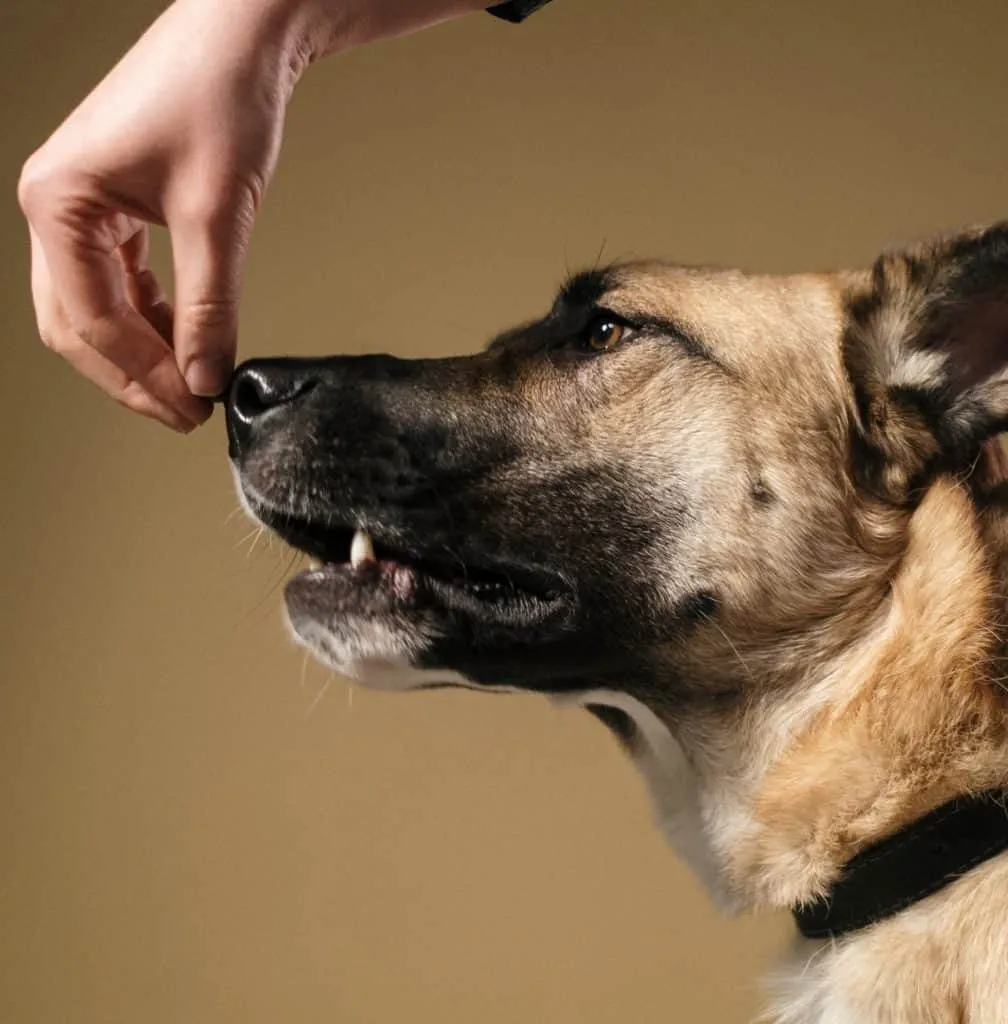
Dog trainers and pet experts have always advised limiting any dog training method and session to 3 times per day and not to exceed 30 consecutive minutes of training.
So if your pup does not get the cue and needs more sessions, that is completely ok. Continue with the sessions the following day. Keep in mind to take breaks in between sessions and take a break when your dog’s attention is waning.
Take every learning one day at a time and enjoy the process!
Be Consistent
It is essential to be consistent with your command and expectations so that your puppy knows what is expected of them at all times. Once you have chosen what word to use to teach your puppy the “No” command, use it consistently. Do not interchange it with another word although of the same meaning. Otherwise, your pet would get confused as they don’t think as humans do.
Make sure everyone in the household follows the same rules and uses the same command or word when interacting with your pup. This way, your pet would not get confused or overwhelmed by conflicting instructions.

Test your Dog
When you notice your pup has a good grasp of the meaning of the word, there’s one more step you need to take. It’s time to test your dog.
Place a treat at the center of your hand and open it up in front of your dog. Once he starts moving towards the treat to take it, simply say “No” in a firm voice. When your dog moves to eat the treat, it means that he still has not gotten what the word “No” really means. Close your fist and pull your hand away. Repeat the whole training process and continue educating your pup.
When your pup does not move toward the treat, it means he knows the meaning of the word “No.” If such is the case, praise and give him the treat or a toy as positive reinforcement.
Now that your pup understands the meaning of “No,” use the word “No” in teaching your dog what unwanted behavior is. Praise your dog and give him treats every time he exhibits positive behavior, but never use punishment when your dog does not show the behavior you want him to.
Applying “No” to other Dog Training Sessions
Now that your dog gets what “No” means, you can now use this cue in teaching your puppy other tricks and behavior correction sessions.
Since every trick you want your pup to learn requires obedience, teaching him to obey you is much easier now. You can easily let him know that something is not what you wanted by saying “No.”
Imagine, for example, you are doing an activity where you want him to lie down. Instead of doing so, he just sits. By saying “No,” he will get the notion that sitting is not what you wanted him to do.
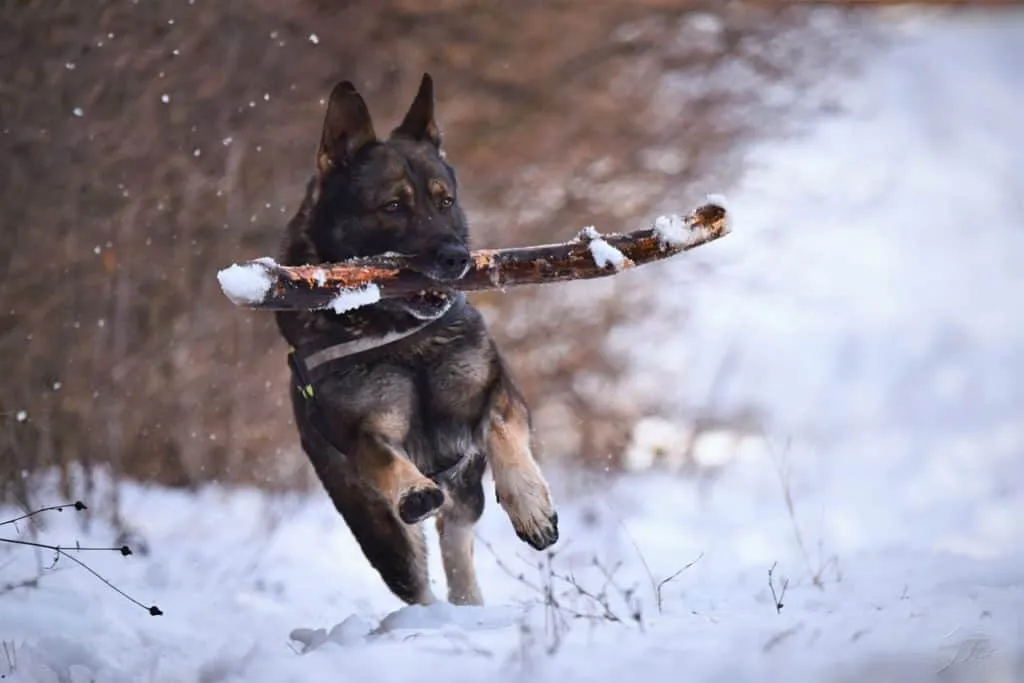
How Long Does it Take for a Puppy to Learn No?
Quite frankly, there is no definite answer to this question of how long it would take for your pup to learn “No” or any other skill for that matter.
The amount of time for your puppies to learn the “no” command varies. Depending on the ways you employ to teach your pup, your persistence, self-control, and dedication, it could take a few weeks or a few months. Sometimes, it is also affected by the age of your puppies and the dog breed.
For dog trainers, training a dog to the “No” command may take a shorter period than when dog owners do it themselves. Certain dog behaviors affect how a dog trainer makes progress in dog training. And with the experience they have, they surely accomplish things faster and better when working with our dogs.
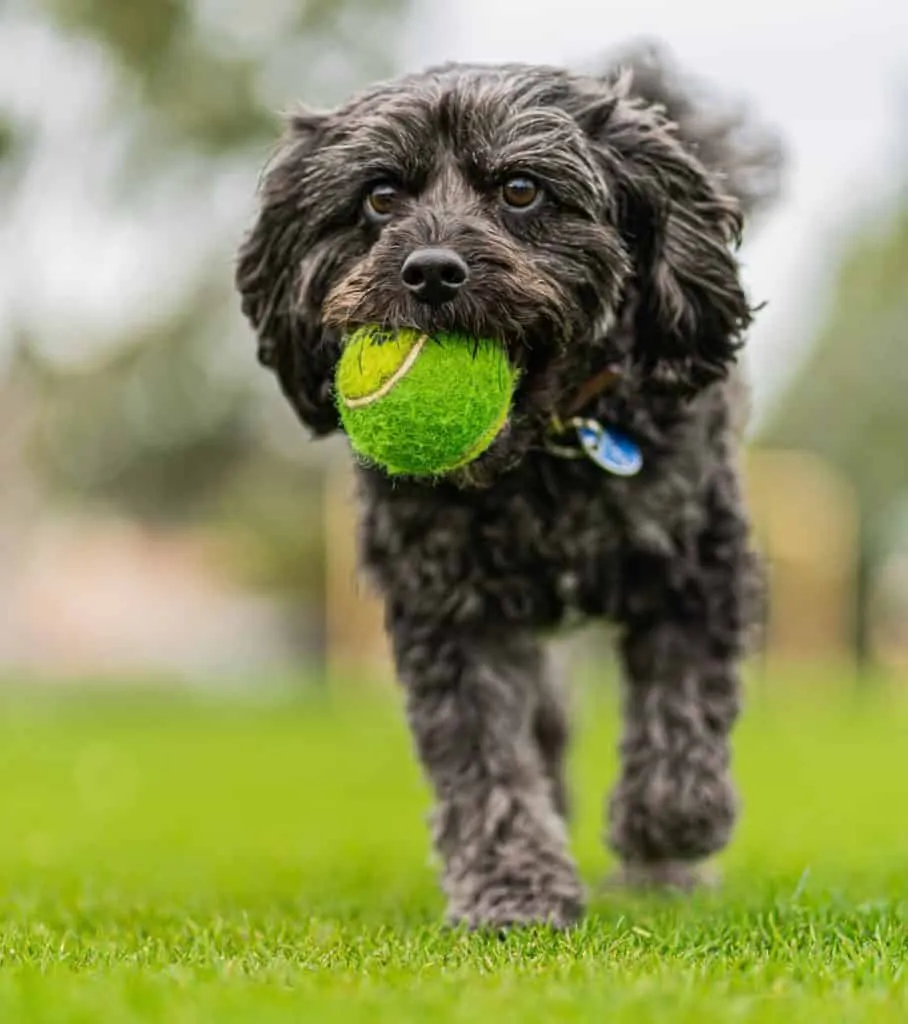
What If?
Why doesn’t my puppy understand no?
What if you’ve been teaching your dog the “No” command for some time but do not see any improvement?
As with every training method, some lessons may be harder to impart to your dogs, while others may be a bit easier.
But if you’re really having a hard time teaching your dog a thing or two, consulting a dog trainer, pet behavior consultant, or veterinarian would help. Talking with other people and dog owners may also give you some clues on other ways that would help make things easier for you.
In cases like this, consult an expert!
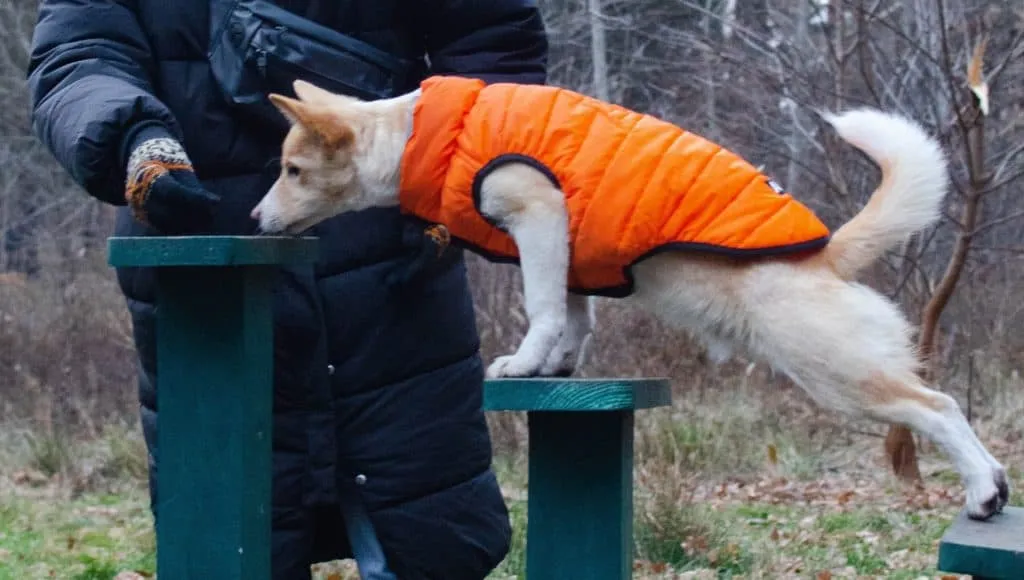
Why is it Essential to Teach your Dog?
It is important to teach a puppy “no” and set boundaries early on in their training. This will help them understand what behaviors are acceptable and which ones are not. Rewards such as treats and praise should be used to reinforce desired behavior while redirecting attention away from unwanted behavior.
Consistency is key when it comes to commands and expectations, as well as enforcing boundaries in a positive manner. It is also important to monitor the puppy constantly for inappropriate behavior and provide socialization opportunities with people, animals, and different environments.
Finally, patience, consistency, and positivity are essential when it comes to training a puppy. These qualities will help ensure that your pup learns the right lessons quickly and effectively.